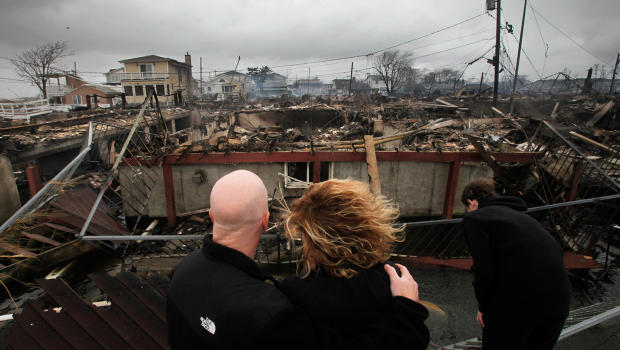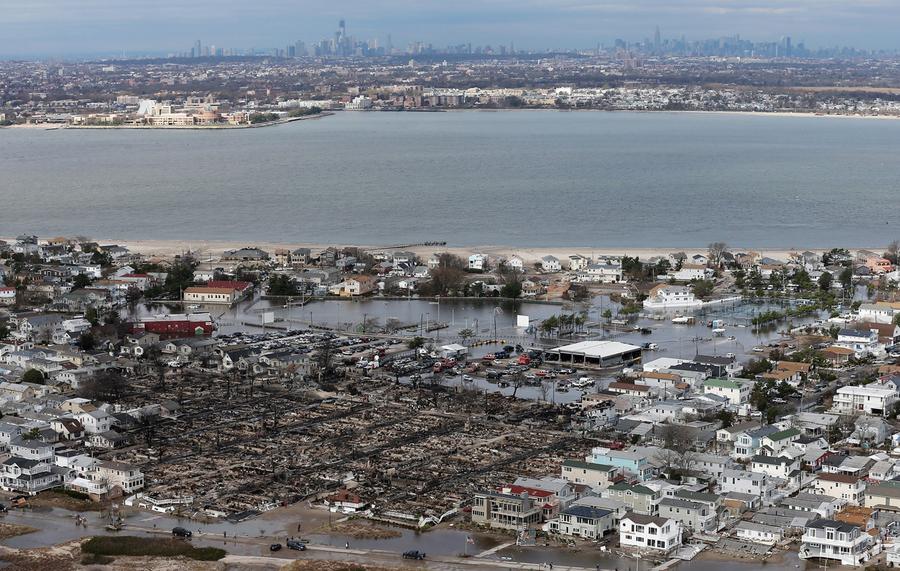Highly Irregular for This Blog…

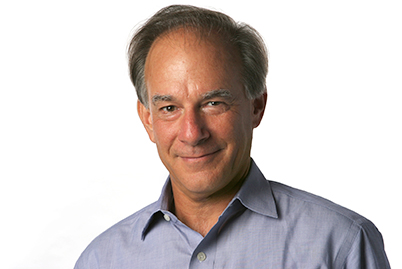
While not suffering from a shortage of sustainable buildings/environmental/lifestyle material to blog about, I’m bringing to today’s post an article of very high resonance for me…and, I hope, for you readers too. It’s written by a journalist/author for whom I have the utmost respect, David Ignatius.
His topic is the destruction of ancient, historic icons of pluralism by religious fanatics and the shredding of the environment on-going by insufficiently/uncaring citizens of today’s world. The bridge between the two is community/stewardship.
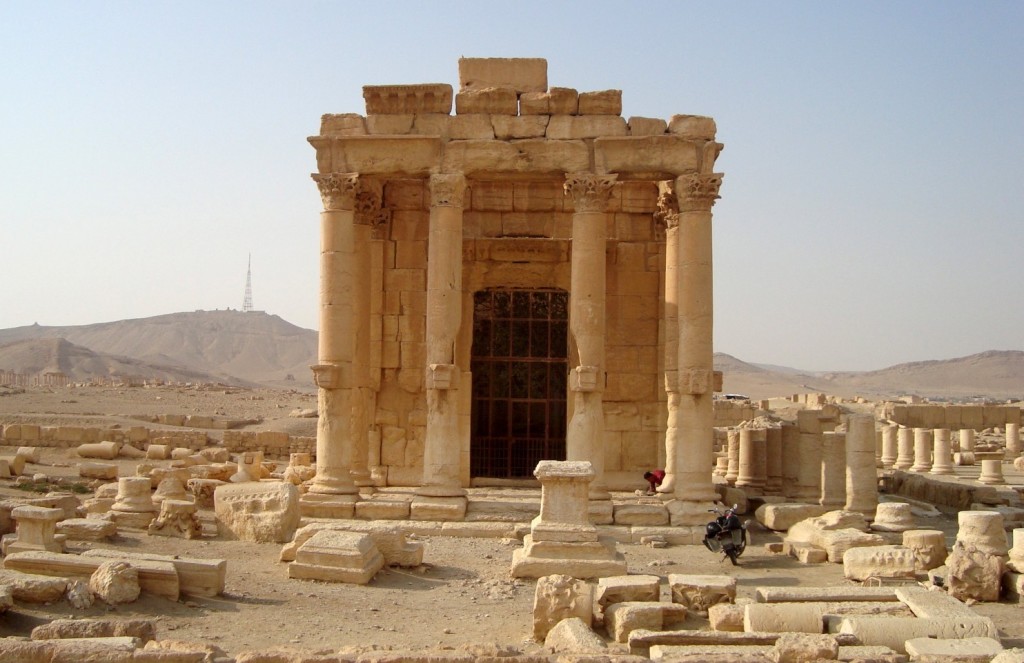
By David Ignatius, September 1, 2015, The Washington Post
“Why should people care about the past or the future? That may sound like a perverse question, but it’s at the center of two recent stories — one involving the Islamic State’s destruction of antiquities at Palmyra in Syria, and the other a presidential warning about damage to the planet decades hence. [Palmyra, located in the Tadmorean Desert along an ancient trade route, is about 200km northeast of Damascus.]
“The unpleasant, amoral question usually doesn’t get asked: Why should people give a hoot about their ancestors or descendants? What constrains us from simply acting selfishly?
“Certainly, we don’t have any formal obligation to preserve old relics, unless they’re protected by law. And in the march of progress, we frequently bulldoze old structures and barely notice. As for the environment, why shouldn’t people maximize their self-interest today, even if it harms the welfare of descendants most of us will never meet?
“In the age of Donald Trump, the cult of self-interest occasionally seems like an article of the Bill of Rights. But it’s likely that we’re programmed, as a species and a republic, to be more generous. Parents care about their children (and vice versa) because it helps us survive. Let’s look at the recent examples that test the proposition.
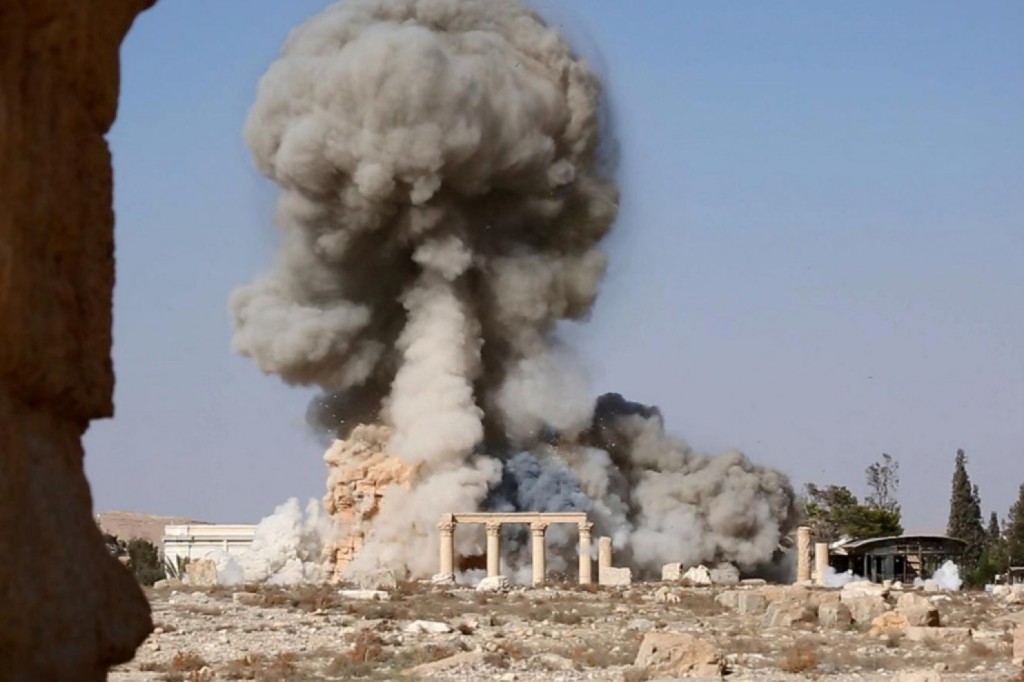 “On Aug. 25, Islamic State activists posted on social media photographs of what they claimed was the destruction of the ‘Temple of Baal Shamin’ [nicknamed by UNESCO World Heritage Sites as “The Pearl in the Desert”] in the nearly 2,000-year-old formerly Roman city of Palmyra, which the extremists had captured in May. The photos showed two fighters carrying a barrel of explosives into the temple, charges placed astride three ancient columns and then a mushroom cloud of debris.
“On Aug. 25, Islamic State activists posted on social media photographs of what they claimed was the destruction of the ‘Temple of Baal Shamin’ [nicknamed by UNESCO World Heritage Sites as “The Pearl in the Desert”] in the nearly 2,000-year-old formerly Roman city of Palmyra, which the extremists had captured in May. The photos showed two fighters carrying a barrel of explosives into the temple, charges placed astride three ancient columns and then a mushroom cloud of debris.
“A ghastly satellite image was released Tuesday by a United Nations agency, confirming this assault on history. It showed rubble where the walls of the site’s main building once stood. Maamoun Abdulkarim, the head of Syria’s department of antiquities and museums, told BBC Radio that the action was a “catastrophe” and that he was “very sad and very pessimistic” for the future of the site.
“The Islamic State militants didn’t explain their actions. But past statements have indicated that they view such ruins as creations of a polytheistic religion and culture they reject. This disregard for the heritage of ‘others’ is sadly not a unique view: During the centuries of European exploration and colonization, many native shrines and artifacts around the globe were destroyed. The United Nations today designates World Heritage sites (such as Palmyra) in part to assert universal standards for preservation. U.N. member nations implicitly recognize the obligation of stewardship.
“President Obama this week invoked our responsibility to be unselfish about the future. In a speech Monday in Alaska he painted what the Associated Press called a ‘doomsday scenario’ if climate-change trends aren’t reversed: ‘More drought; more floods; rising sea levels; greater migration; more refugees; more scarcity; more conflict. . . . We will condemn our children to a planet beyond their capacity to repair.’”
